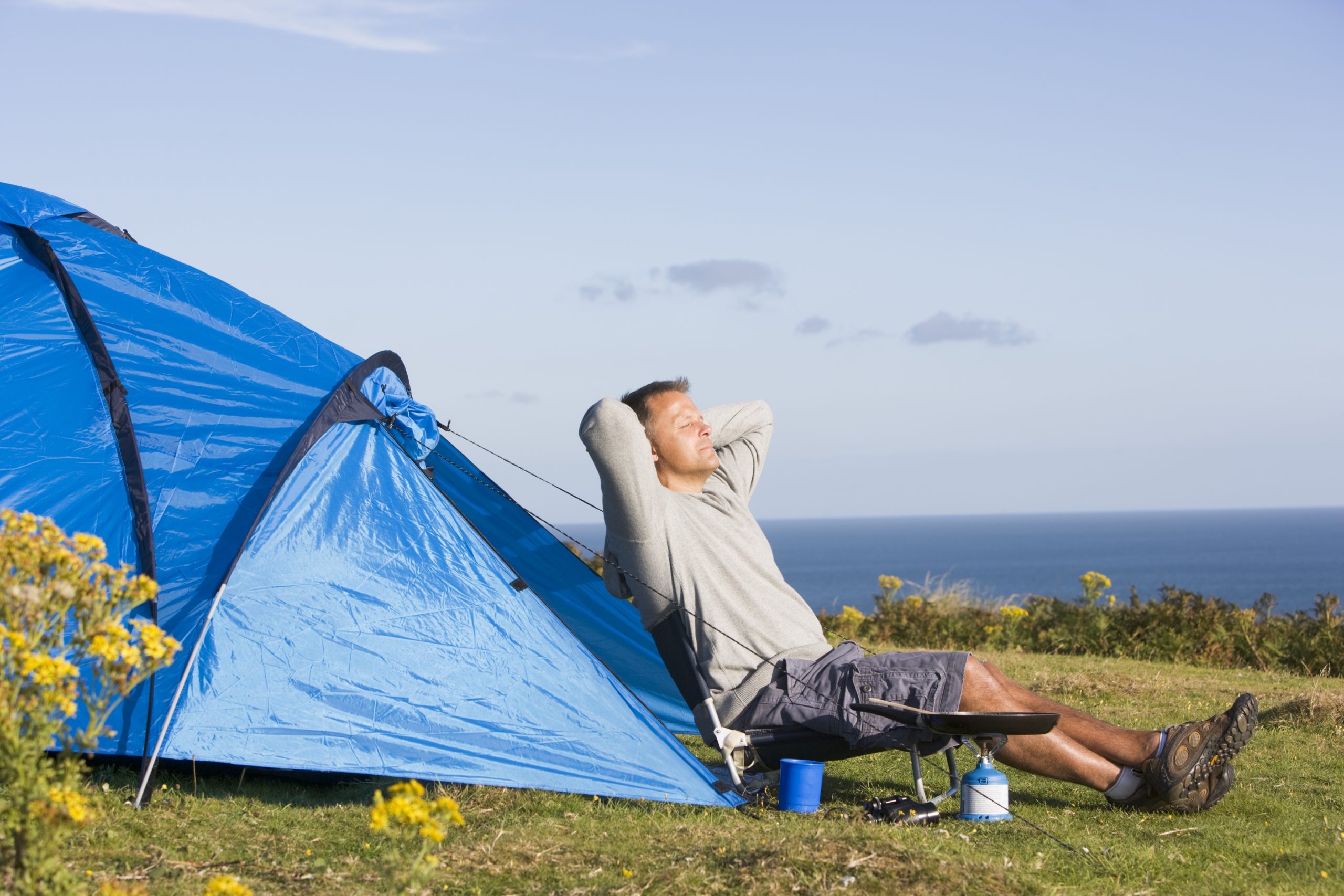Surviving in the wilderness can be a daunting task, especially if you are not prepared. In this article, we will cover everything you need to know about jungle survival, from essential gear to identifying edible plants and animals. So let’s get started!
Introduction to Wilderness Survival
Wilderness survival is all about being able to stay alive until help arrives or you can make your way back to civilization. The key to success is preparation, knowledge, and practice. It’s crucial that you understand how to use the resources available to you while also knowing what to avoid. Remember, Mother Nature is unpredictable, so it’s always better to be safe than sorry.
Essential Gear for Jungle, Desert and Mountain Survival
When embarking on any outdoor adventure, there are certain items that should never leave your side. Here are some essentials for jungle, desert, and mountain survival:
Knife or multi-tool
Water bottles (at least two)
Fire starter kit (matches, lighter, flint and steel)
Navigation tools (map, compass, GPS device)
Whistle
First aid kit
Emergency shelter (tent, tarp, etc.)
Sunscreen and insect repellent
How to Find Water in the Wild
Finding water in the wild can mean the difference between life and death. There are several ways to find water in different environments:
In the jungle, look for green vegetation as it could indicate the presence of water nearby. Listen for the sound of running water or follow animal tracks towards their water sources. Digging holes near river banks or streams can also reveal underground springs.
Desert survival requires a bit more creativity when finding water. Look for areas where there may have been recent rainfall or dig for moist soil early in the morning before the sun dries it up. Cactus juice can also provide hydration but only in small amounts.
Mountain survival means looking for melting snow or ice, which can provide fresh drinking water. Melted snow can also be used to purify contaminated water by boiling it over an open fire.
Building a Shelter in Different Environments
Knowing how to build a shelter in different environments is critical for survival. Here are some tips on building shelters in various settings:
In the jungle, look for large leaves or branches to create a roofed structure. Use vines or rope to tie them together securely. Avoid using poisonous plant leaves as they can cause skin irritations.

Desert shelters require materials that can withstand extreme temperatures. Look for natural formations like caves or rocky outcroppings to take refuge in. If no such structures exist, dig a hole in the ground and line it with tarps or blankets to protect against sandstorms.
Mountain shelters should be built close to a source of water and away from potential avalanche zones. Use fallen trees or boulders to construct a windbreak or lean-to. Insulate the floor with pine needles or other soft material to keep warmth inside.
Starting a Fire without Matches or Lighter
Starting a fire without matches or a lighter is possible with a little ingenuity. Here are three methods to try:
1. Friction method – Using a bow drill or hand drill, spin a stick rapidly between your hands until friction generates enough heat to ignite kindling.
2. Magnesium rod method – Strike a magnesium rod onto a ferrocerium rod to produce sparks. Collect the sparks into a nest of dry grass and blow gently to encourage combustion.
3. Battery method – Connect two batteries (such as car batteries) via a wire to generate electric current. Touch the ends of the wire to opposite terminals of another battery to create a spark. Repeat until a flame appears.
Signaling for Help and Rescue Procedures
If you find yourself lost or stranded, signaling for help is imperative. Here are some rescue procedures to follow:
1. Make noise – Yelling or whistling at regular intervals can attract attention from search parties or passing aircraft.
2. Build a signal fire – Create a large bonfire using green wood to produce thick smoke during daylight hours. At night, use dry wood to create bright flames visible from afar.
3. Use reflective surfaces – Mirrors, CD cases, or even cell phone screens can be used to flash Morse code signals or direct light towards rescuers.
4. Leave markers – Place objects like rocks or clothing in conspicuous locations to guide search teams towards your location.
Identifying Edible Plants and Animals
Foraging for food in the wilderness can be dangerous if you don’t know what’s safe to eat. Here are some guidelines for identifying edible plants and animals:
1. Research local flora and fauna before embarking on your trip. Familiarize yourself with common species and their characteristics.
2. Only consume plants with distinctive features like fruits or seeds. Avoid mushrooms unless you are absolutely sure they are edible.
3. Fish and game meat are generally safe to eat provided they are cooked thoroughly. Be mindful of parasites or diseases that may be present in raw meat.
First Aid Tips for Common Injuries and Illnesses
Common injuries and illnesses can occur during outdoor activities. Here are some first aid tips to remember:
1. Clean wounds immediately with soap and water to prevent infection. Apply antiseptic ointment and bandage tightly.
2. Treat hypothermia by removing wet clothes and replacing them with dry ones. Drink hot liquids and seek medical attention if symptoms persist.

3. Heat exhaustion occurs when the body loses too much fluid through sweating. Rest in a cool place, drink plenty of fluids and apply cold compresses to reduce temperature.
Navigation Techniques for Getting Lost in the Woods
Getting lost in the woods can be terrifying, but there are techniques you can use to navigate your way back to safety:
1. Use landmarks like mountains or rivers to orient yourself. Follow them in the direction of known territory.
2. Take note of the position of the sun throughout the day to maintain a sense of direction.
3. Create a rough map of your surroundings and mark important landmarks or trails. This can help you retrace your steps if necessary.
Conclusion: Final Thoughts on Wilderness Survival
Wilderness survival requires careful planning, preparation, and practice. By following these tips and practicing basic survival skills, you can increase your chances of making it back safely from your next adventure.